
AeroGenie — Uw intelligente copiloot.
Trending
Categories
Air New Zealand Profit Declines 15% Amid Engine Problems
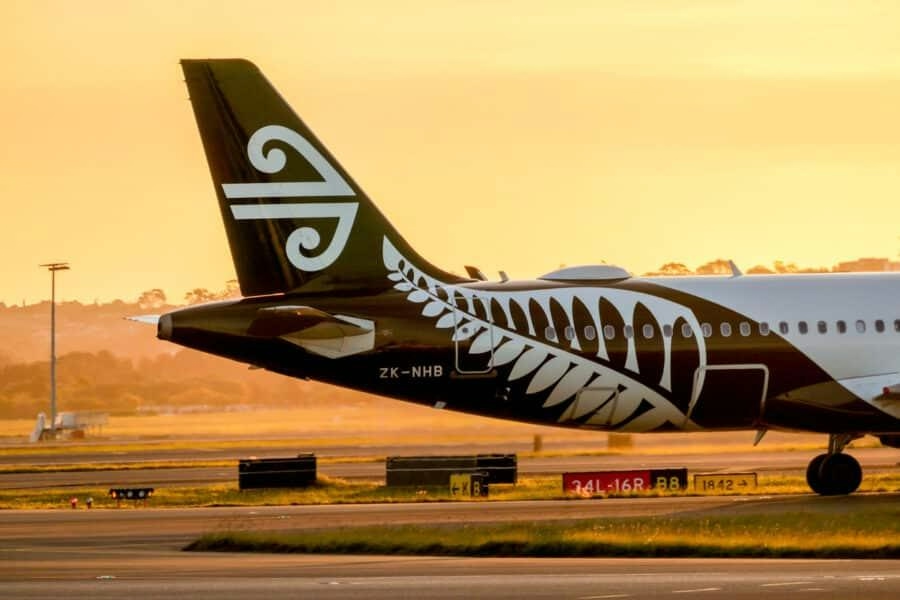
Air New Zealand Reports 15% Profit Decline Amid Engine Maintenance Challenges
Air New Zealand has announced a 15% decrease in its annual profit, reflecting the significant impact of ongoing engine maintenance issues on the airline’s operations and financial performance. For the 2025 financial year, the carrier posted a profit before tax of $189 million, down from $222 million the previous year. Net profit after tax stood at $126 million, marking a notable contraction that aligns with the upper range of the company’s earlier forecasts.
Operational Disruptions and Financial Impact
The airline attributed the profit decline primarily to persistent global engine maintenance problems, which have resulted in 11 aircraft—comprising six narrowbody and five widebody jets—being grounded. These operational disruptions contributed to a 2% reduction in passenger revenue, which fell to $5.9 billion. Outgoing CEO Greg Foran highlighted that while Air New Zealand secured $129 million in compensation from engine manufacturers, the airline estimates it forfeited an additional $165 million in potential earnings due to the constraints imposed by the grounded fleet.
Despite these challenges, Air New Zealand has taken strategic steps to reinforce its fleet capacity. The airline has placed orders for two additional Boeing 787-10 aircraft, aiming to support growth across its Tasman, domestic, and North American routes. Furthermore, the carrier anticipates the delivery of an Airbus A321neo and an ATR aircraft within the next year, underscoring its commitment to fleet modernization amid ongoing financial pressures.
The operational difficulties have not gone unnoticed by competitors, who may seek to exploit Air New Zealand’s reduced capacity, potentially altering competitive dynamics within the region.
Cost Management and Strategic Initiatives
On the cost front, the airline benefited from a 12% reduction in fuel expenses, saving $208 million due to lower jet fuel prices and decreased flying hours. However, this was offset by a 6% increase in non-fuel operating costs, which rose by $235 million, driven by higher labour expenses, landing charges, and engineering materials.
Air New Zealand’s Kia Mau transformation program contributed approximately $100 million in benefits, leveraging stronger ancillary revenue streams, sustained demand for premium services, and digital innovations such as live chat support and automated rebooking systems. These operational improvements also helped mitigate disruption costs and enhance on-time performance.
Chair Dame Therese Walsh described the results as a “solid outcome in a year where the airline faced real operational and economic pressure,” commending the team’s resilience and the financial discipline fostered under Foran’s leadership. The board declared a final unimputed ordinary dividend of 1.25 cents per share, payable on 25 September 2025, and returned $38 million to shareholders through a buyback program during the year.
Outlook and Leadership Transition
Looking ahead, Air New Zealand cautioned that engine-related groundings are expected to continue into 2026, with rising aviation costs projected to add $85 million in expenses. The airline plans to introduce new premium interiors on more than half of its 787 fleet within the next 12 months. However, it refrained from issuing full-year earnings guidance due to ongoing uncertainties surrounding compensation negotiations and subdued domestic demand. The company anticipates that first-half earnings before tax for fiscal year 2026 will be “similar to or less than” the $34 million reported in the second half of fiscal year 2025.
This financial report marks the final update from Greg Foran as CEO, ahead of Nikhil Ravishankar’s appointment in October. Foran emphasized the airline’s proactive response to the crisis, stating, “We acted early and decisively, securing additional engines and aircraft, and optimising our schedule to keep customers moving. While this came at a significant cost, it was the right decision to deliver for our customers and maintain network stability.”
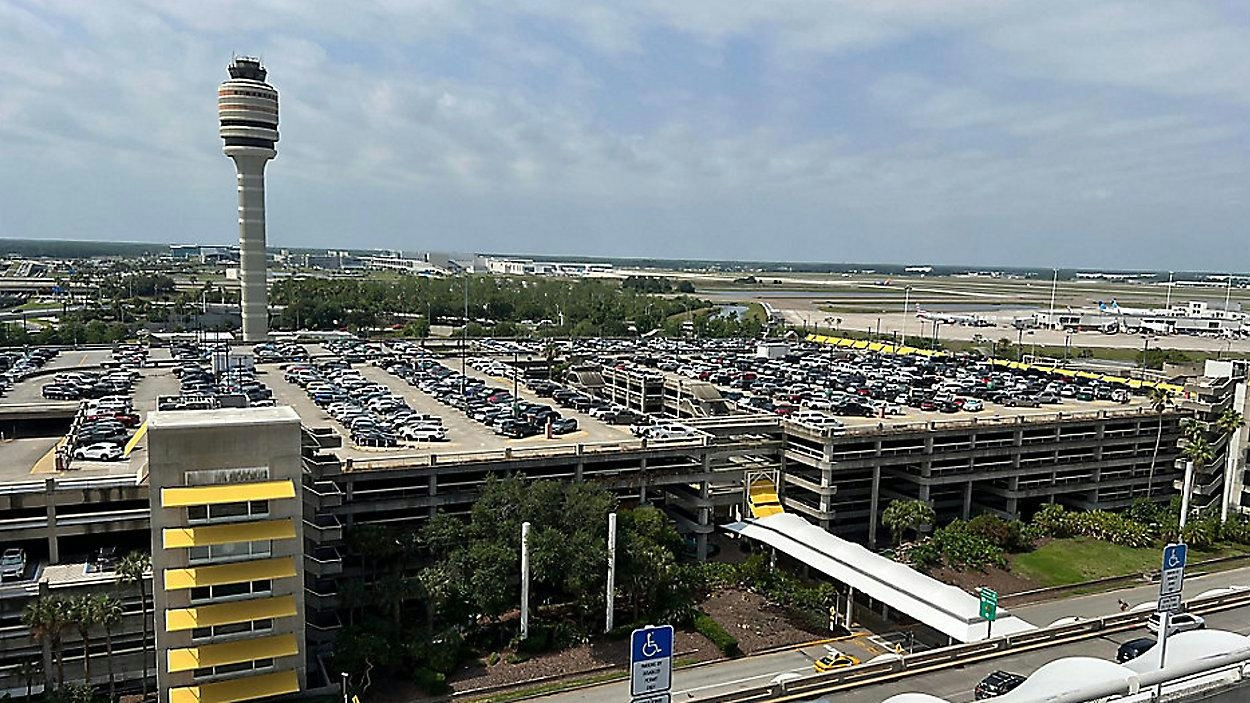
Orlando Airport Announces Major Changes Planned for 2028
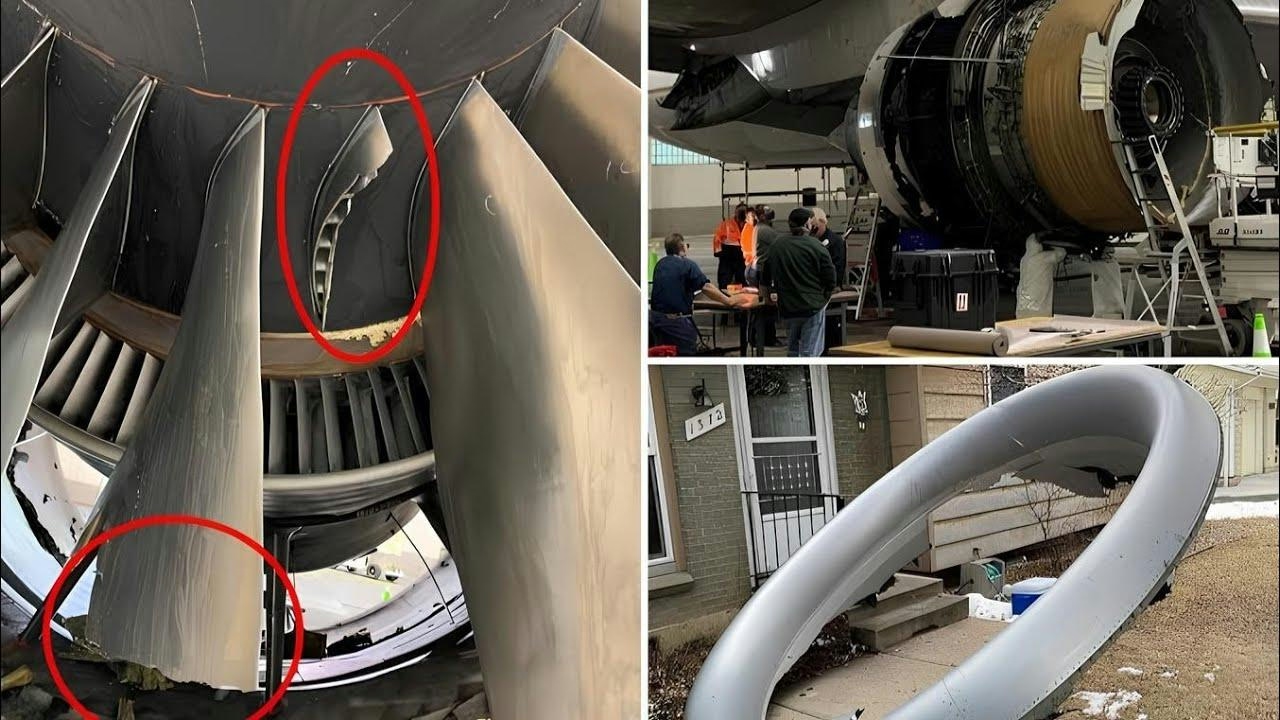
How Jet Engines Are Tested for Bird Strike Resistance
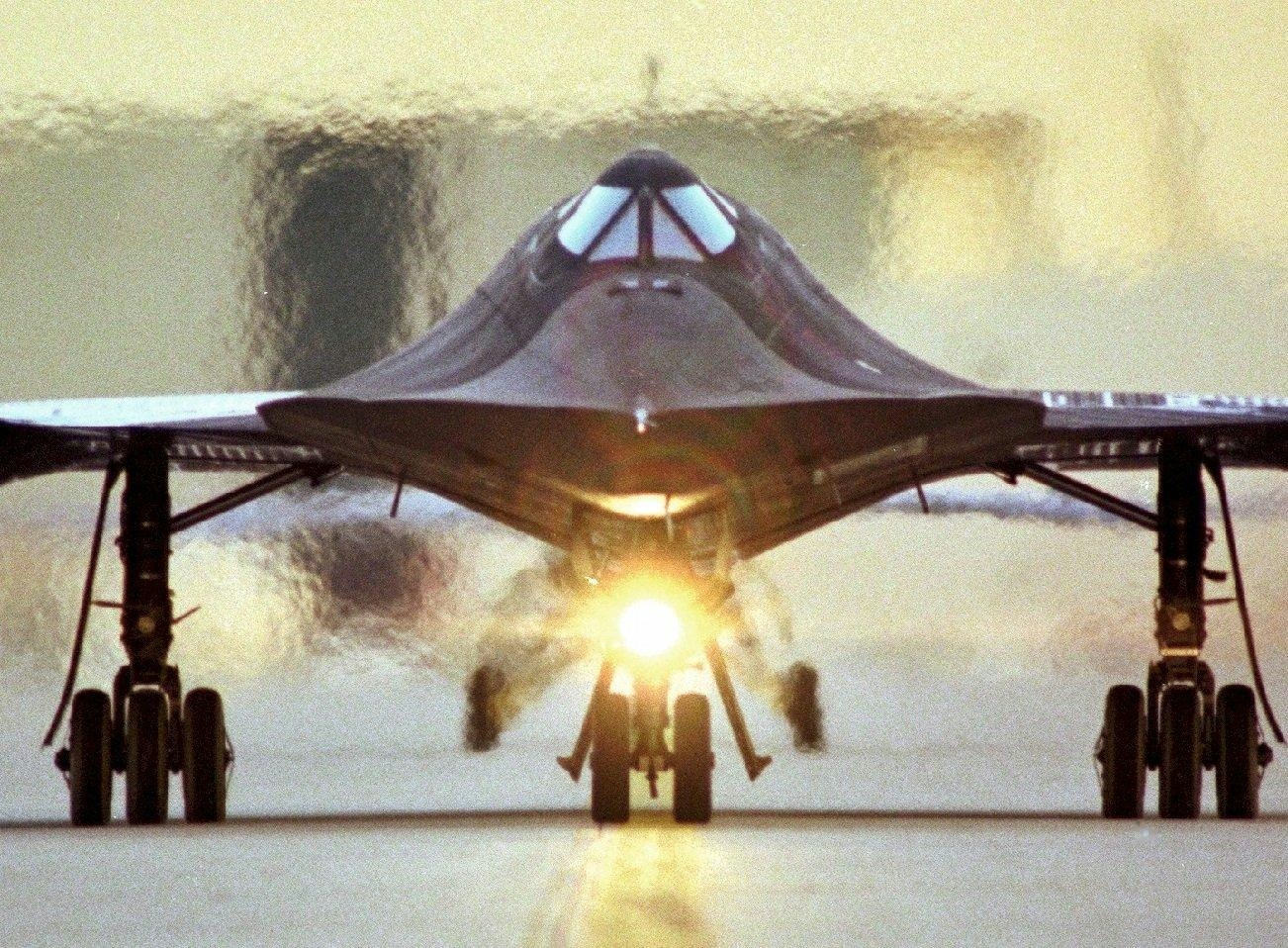
Can Fusion Engines Enable Hypersonic Fighters to Outpace Missiles?
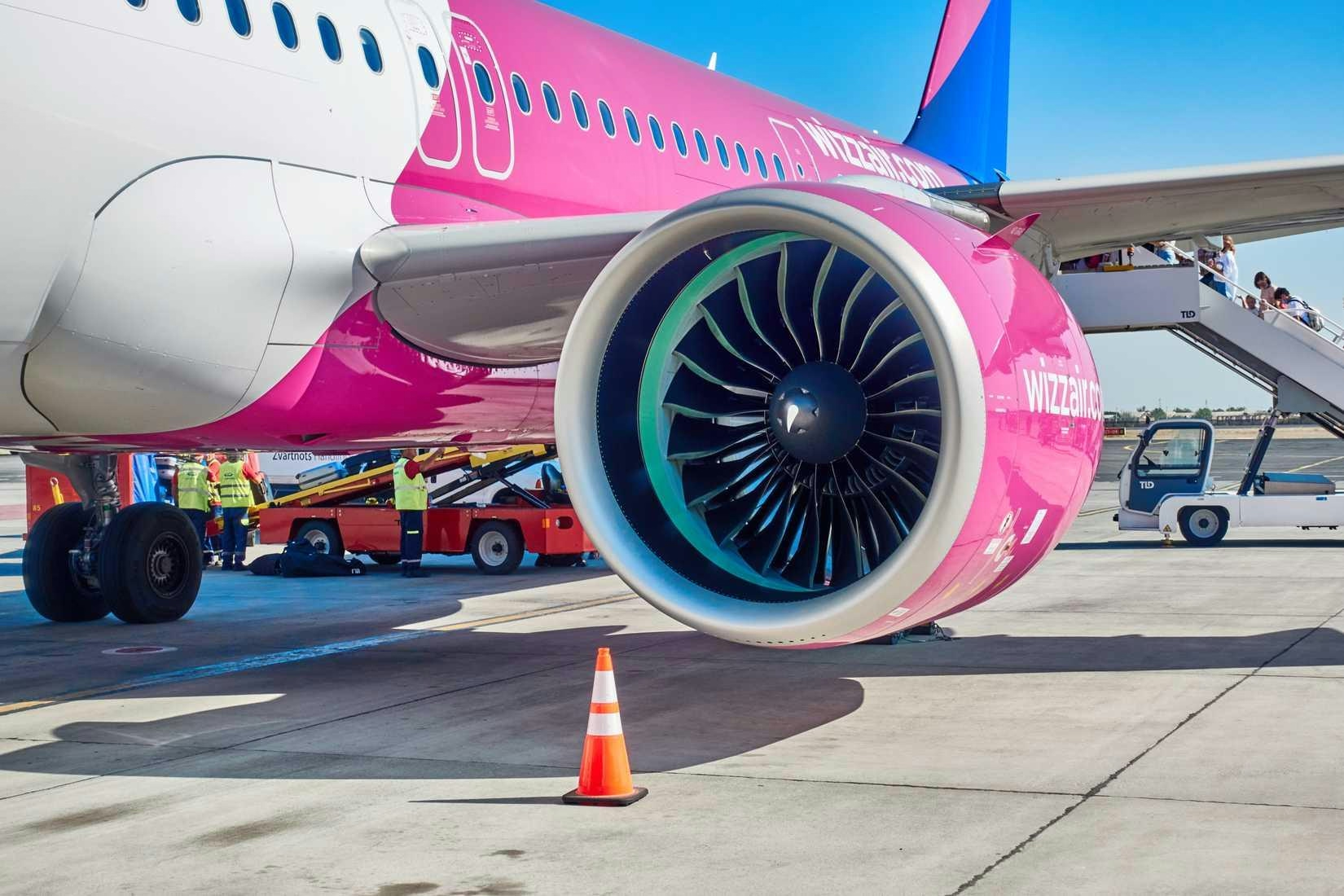
Airbus Surpasses Boeing 737 Deliveries Amid Turkish Airlines’ Potential Order Shift
Boeing to Sell Aviation Software Unit to Thoma Bravo for $10.55 Billion
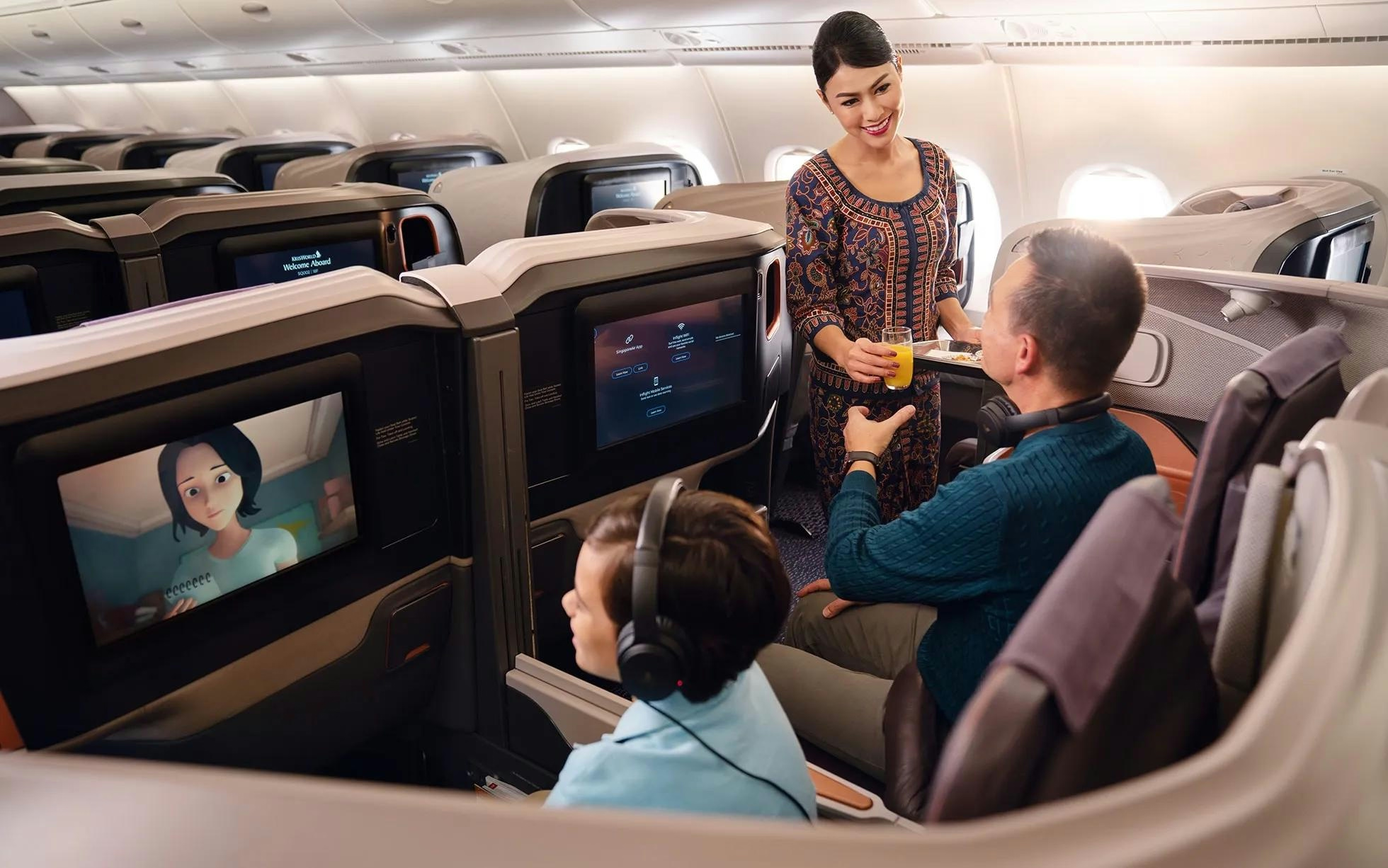
The 15 Best Airlines Worldwide According to Travelers in 2025

Can Kyndryl Use AI to Enhance Its Aviation Industry Strategy?
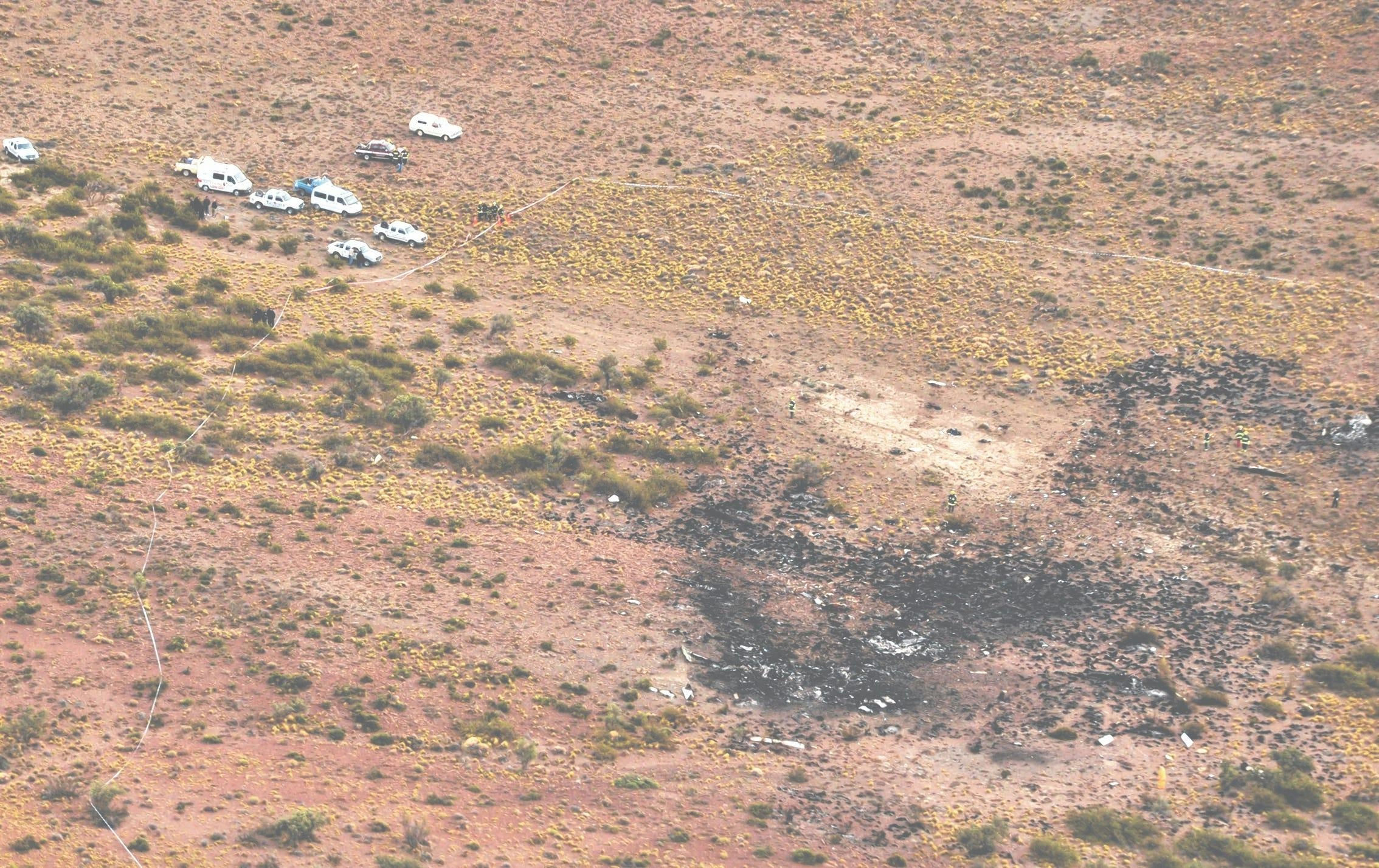
Rex passenger describes 'terrifying' mid-air engine failure days after fire
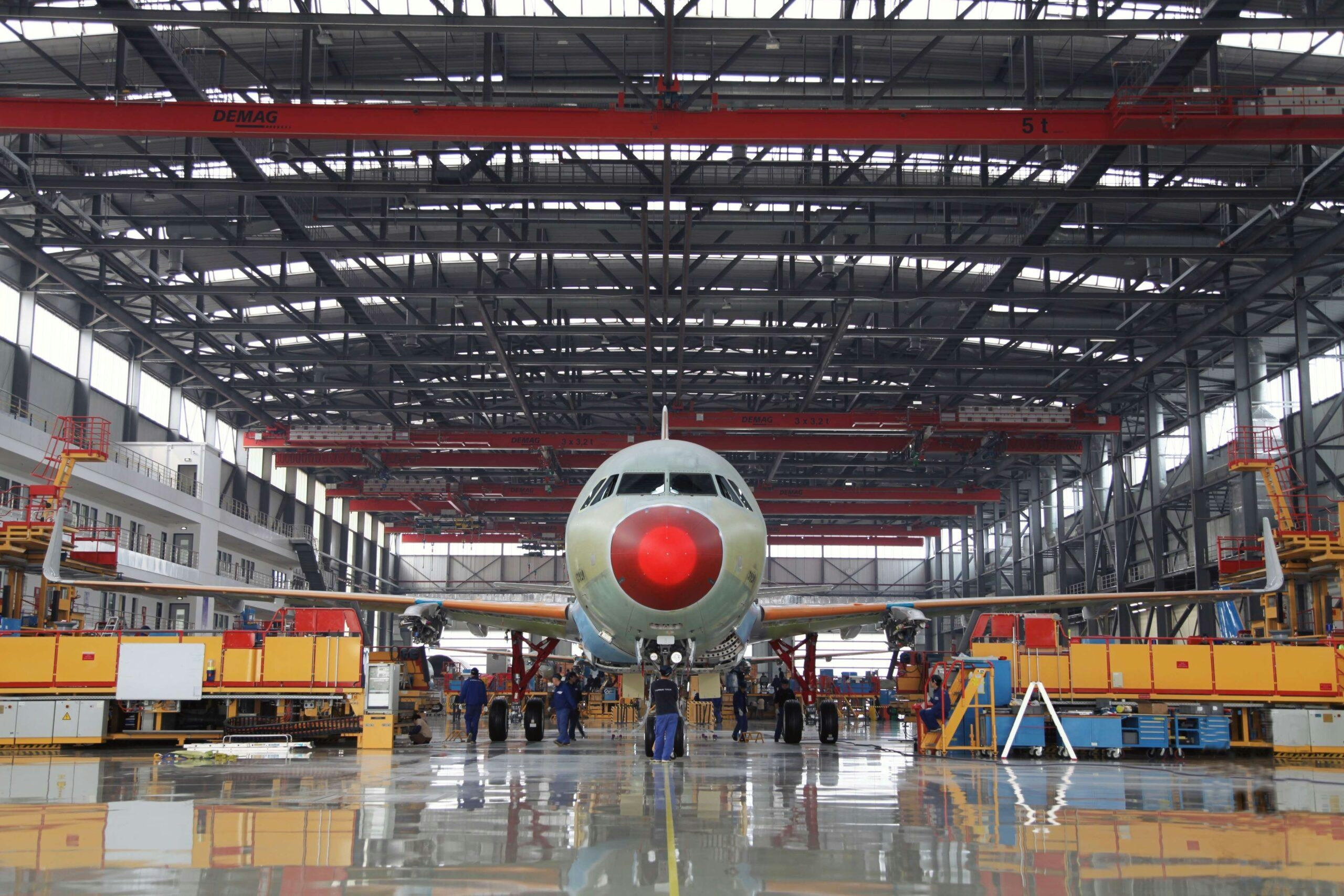
Airbus Forecasts 3.6% Annual Growth in Aircraft Services Through 2044
